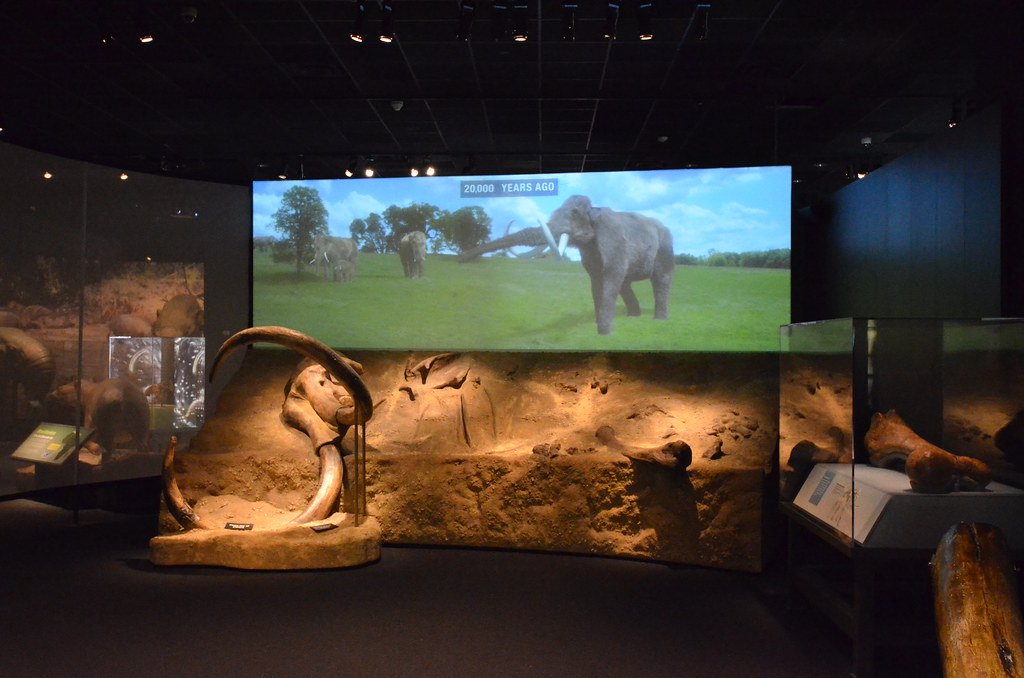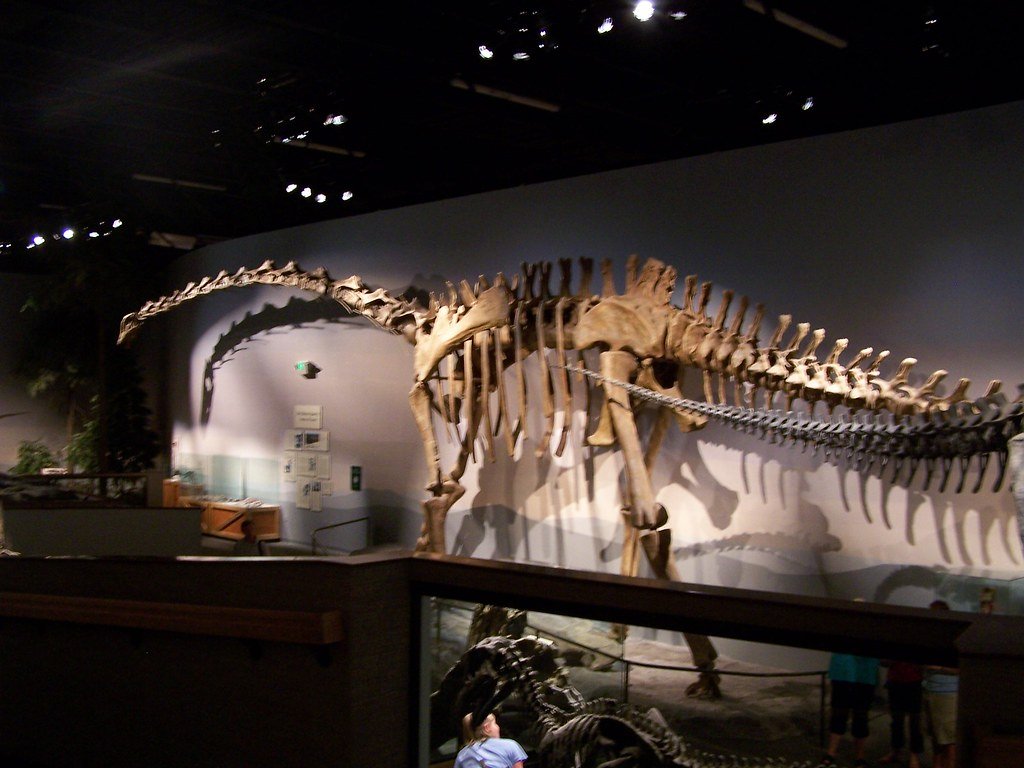The Earth has been shaped by countless events over millions of years, and hidden beneath its surface are relics from these ancient times. Of these relics, fossils tell a fascinating story of past life, particularly that of the enormous creatures that once roamed the planet. Over the past decade, paleontologists have uncovered an impressive array of gigantic fossils, shedding new light on Earth’s distant past. In this article, we delve into some of these colossal discoveries and explore what they reveal about the world long before human history began.
The Remarkable Age of Fossils

Fossils are the preserved remains or impressions of organisms that lived in the past. They are usually found in sedimentary rocks and can be millions of years old. Over the last decade, technological advancements have enabled scientists to detect and excavate fossils with greater precision, leading to a boom in significant discoveries.
The Titanosaur from Argentina

One of the most astounding fossil finds of the last ten years is the Titanosaur unearthed in Argentina. This colossal dinosaur, belonging to the group of sauropods, is believed to have lived around 100 million years ago during the Cretaceous period. Measuring over 120 feet long and weighing approximately 70 tons, this discovery provides incredible insights into the size and scale of dinosaur life.
Spinosaurus: A Water-Loving Predator

The Spinosaurus was a dinosaur like no other, blurring the lines between land and aquatic life. In 2014, fossils unearthed revealed morphological adaptations such as paddle-like feet and dense bones, which suggest this predator spent a significant amount of time in water. These findings have redefined our understanding of dinosaur habitats and behaviors.
A Mammoth Find: The Siberian Woolly Mammoth

In 2013, researchers in Siberia uncovered one of the best-preserved woolly mammoths ever found, with remnants of its liquid blood still intact. This discovery not only provided a rare glimpse into Ice Age life but also sparked debates on the possibilities of cloning and resurrecting extinct species.
Rise of the Giant Penguins

Birds that couldn’t fly but could swim the oceans? That’s the story behind a remarkably large penguin fossil discovered in 2017 on a New Zealand beach. Standing about five feet tall, these giant penguins roamed the Earth over 60 million years ago. This find highlights the rich diversity of avian life that existed post-dinosaurs.
Insights from the Giant Sea Scorpion

Imagine a sea creature as long as a human, armed with spiny claws—the giant sea scorpion, or Eurypterid, is one such prehistoric predator. In 2015, fossils discovered in the United States offered a closer look at this formidable creature, revealing more about marine ecosystems of the Devonian period.
The Columbian Mammoth of North America

In the heart of a Los Angeles construction site, workers stumbled upon the well-preserved remnants of a Columbian Mammoth. Excavated in 2016, this fossil find included tusks and bones, opening a new chapter in understanding these majestic creatures that roamed plains and mountains during the Pleistocene epoch.
A Gargantuan Pterosaur from Mongolia

The discovery of a massive Pterosaur fossil in Mongolia in 2019 captivated the scientific community. With wingspans exceeding those of many contemporary aircraft, these flying reptiles ruled the skies. This discovery offered unprecedented details about the anatomy and lifestyle of these extraordinary winged creatures.
Understanding Dinosaur Social Life Through Trackways

Incredible trackway fossils uncovered in Australia in 2020 have unveiled rich information about dinosaur behavior and social structures. These well-preserved prints suggest herd movements, revealing dinosaurs’ social dynamics, which were more complex than previously understood.
Ancient Whale Bones Hidden in Peru’s Desert

In a surprising place, Peru’s arid desert, paleontologists uncovered ancient whale fossils. These remnants from a whale that lived several million years ago gave clues about early cetacean development and migration patterns, offering a window into marine life evolution.
The Exceptional Diversity of Madagascar’s Dinosaur Fossils

Since 2011, Madagascar has been a hotbed for dinosaur discoveries, including many giant fossils showcasing the island’s unique prehistoric life. These finds demonstrate the evolutionary pathways that took place on this isolated landmass, highlighting the varied forms of giant dinosaurs that once thrived there.
Conclusion: A Journey Into the Ancient Past

Each fossil discovery brings us closer to understanding the colossal creatures that once inhabited our planet. These ancient giants tell stories of adaptation, extinction, and the ever-changing Earth. As technology advances and exploration continues, the coming years promise even more groundbreaking finds, potentially rewriting the histories of these mighty beings. Our quest to unearth the past provides an ongoing narrative that enriches our understanding of life itself.




